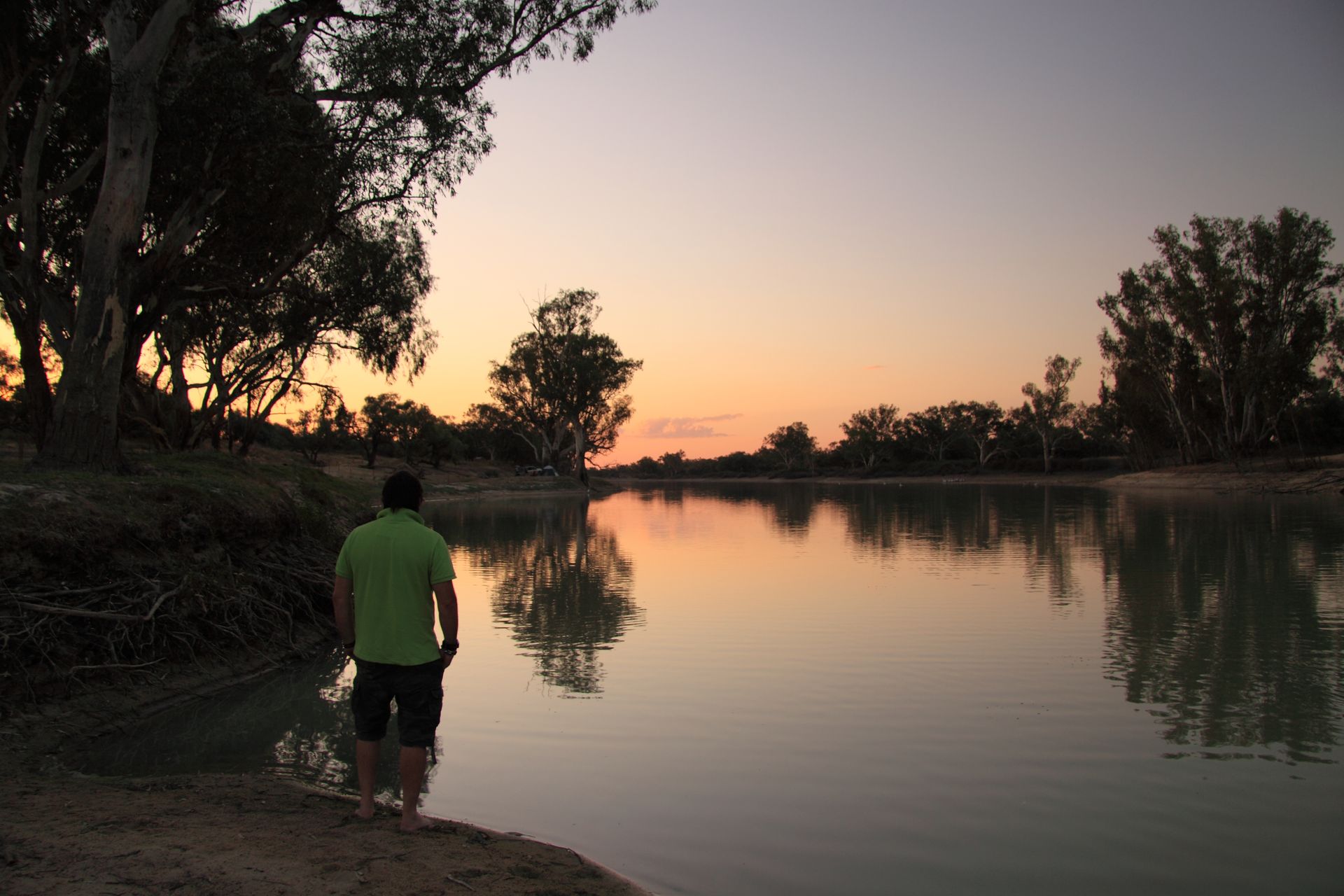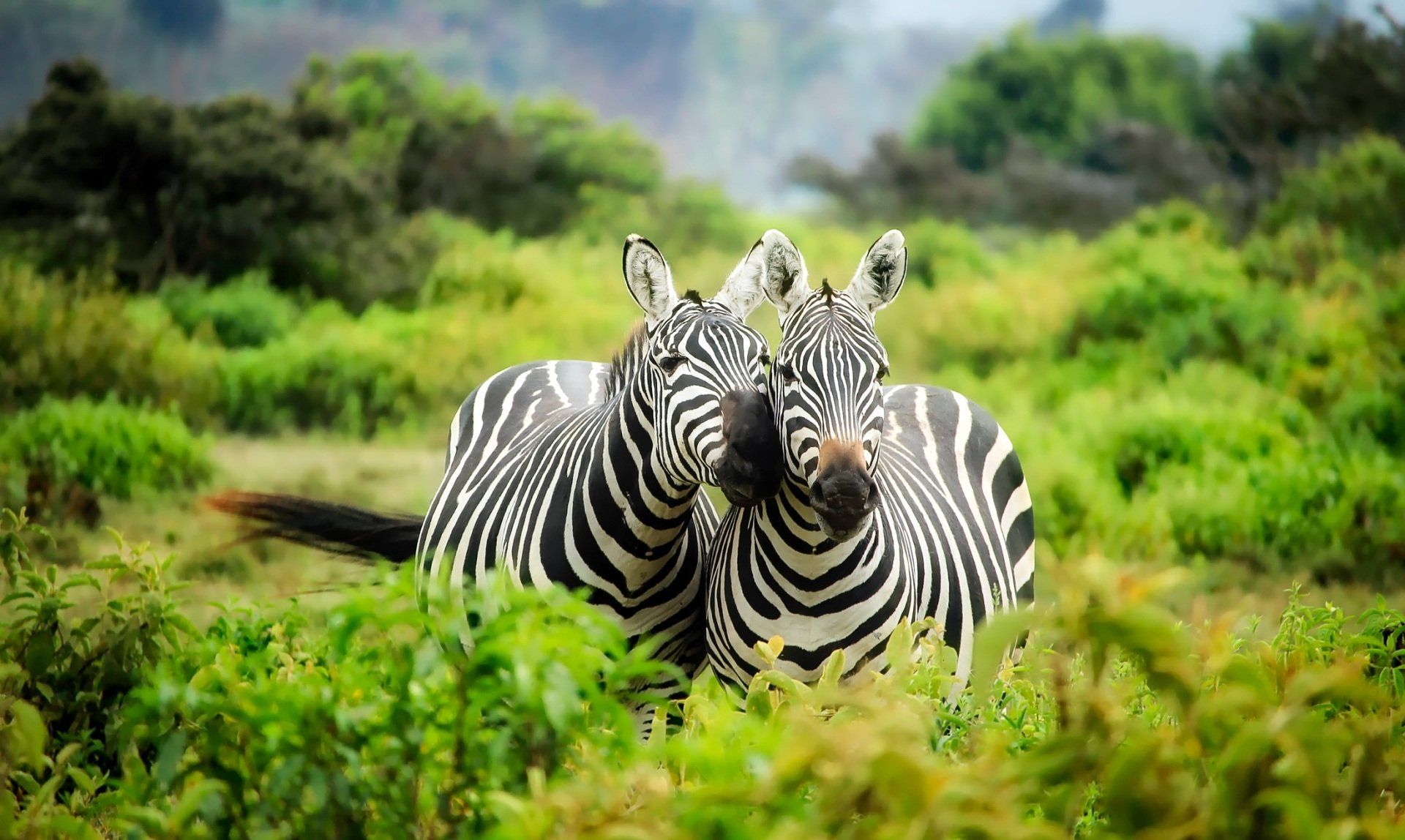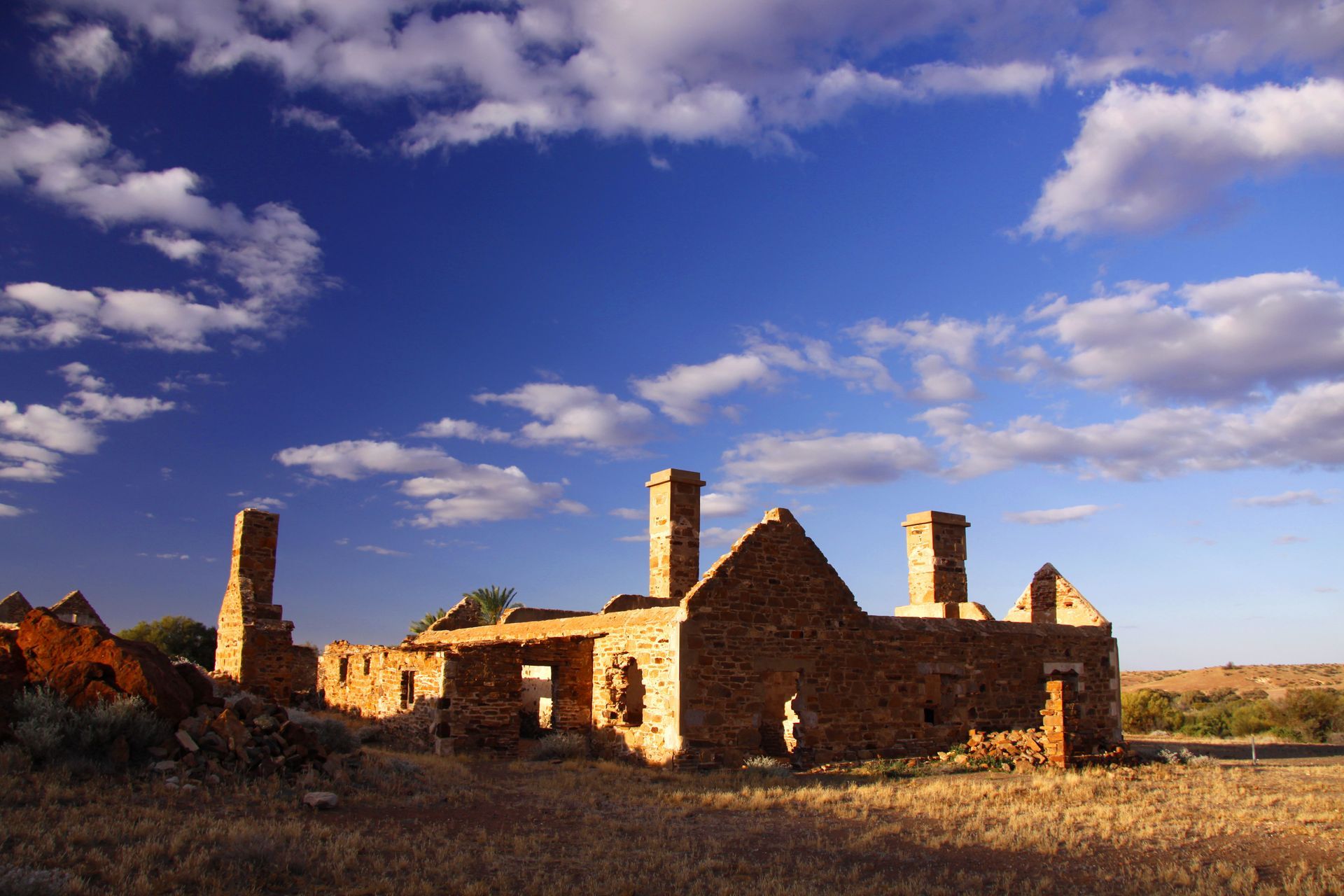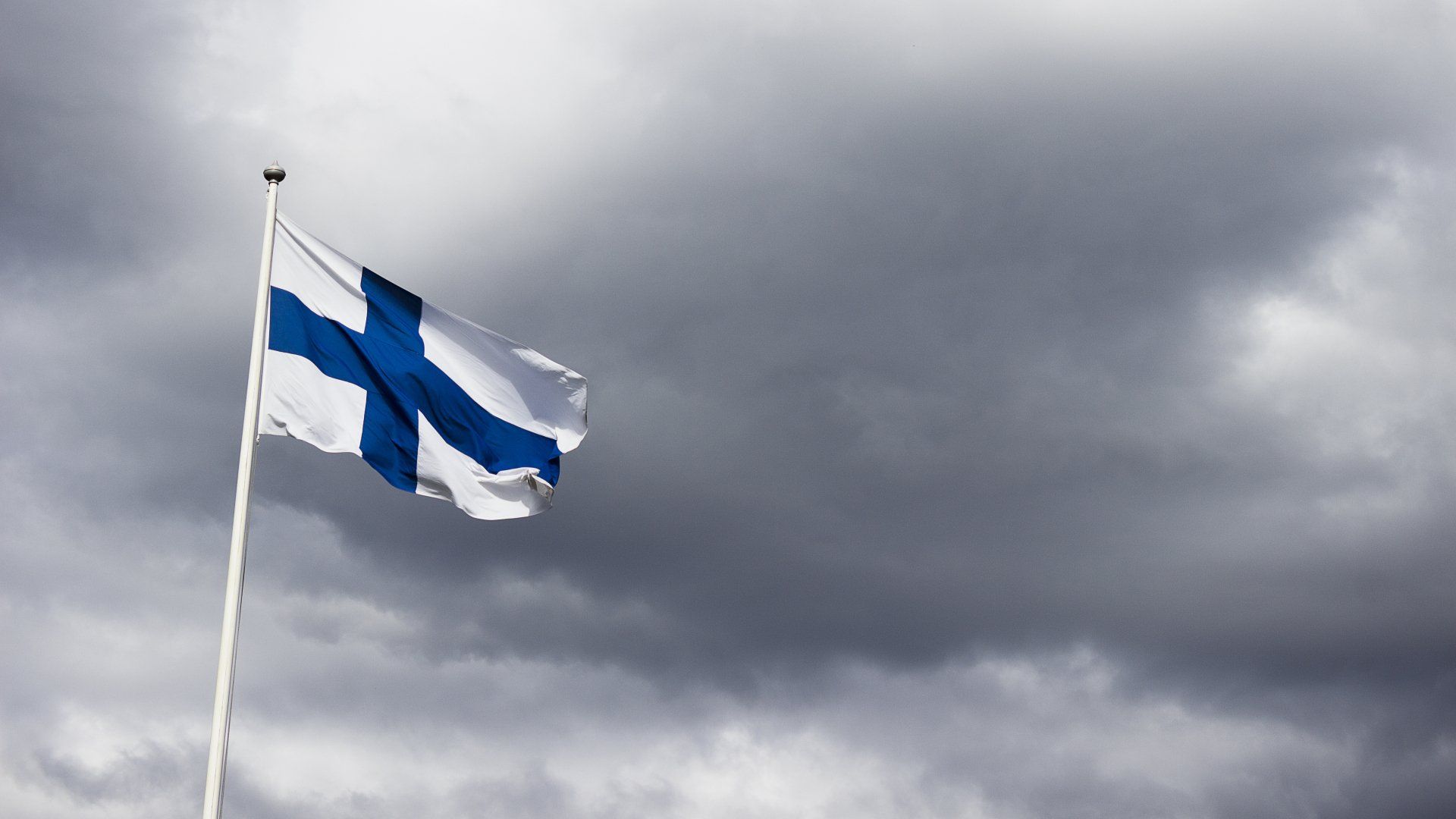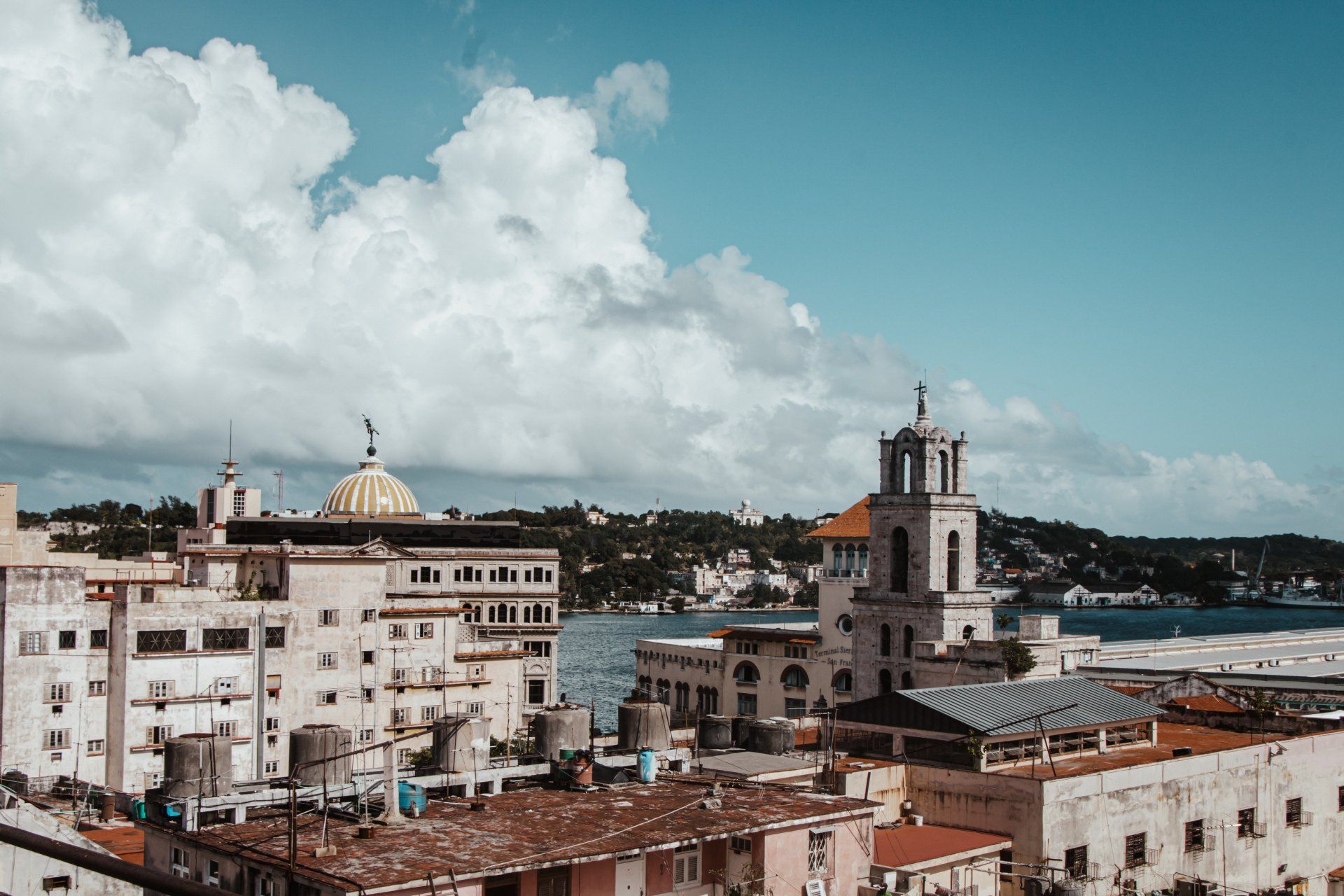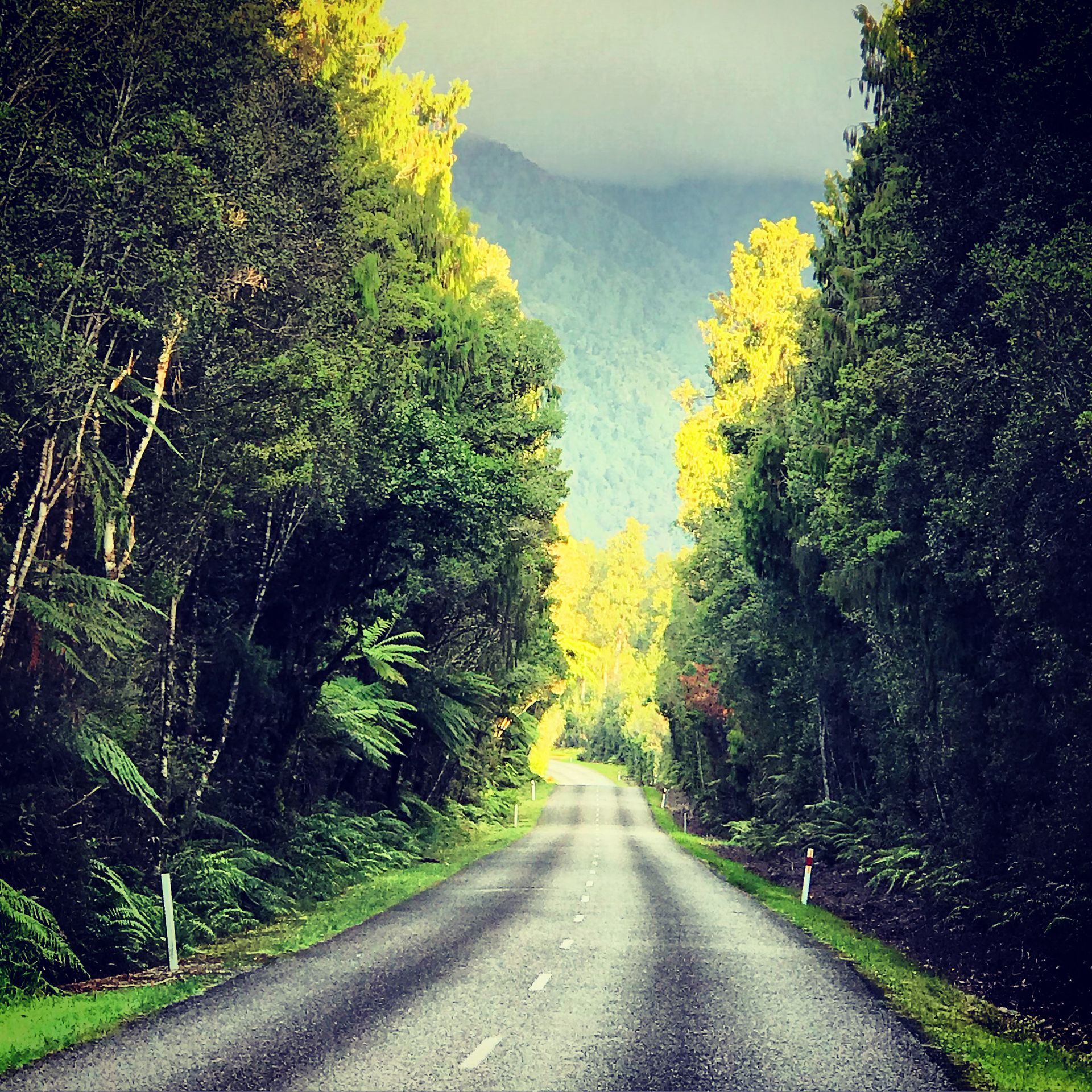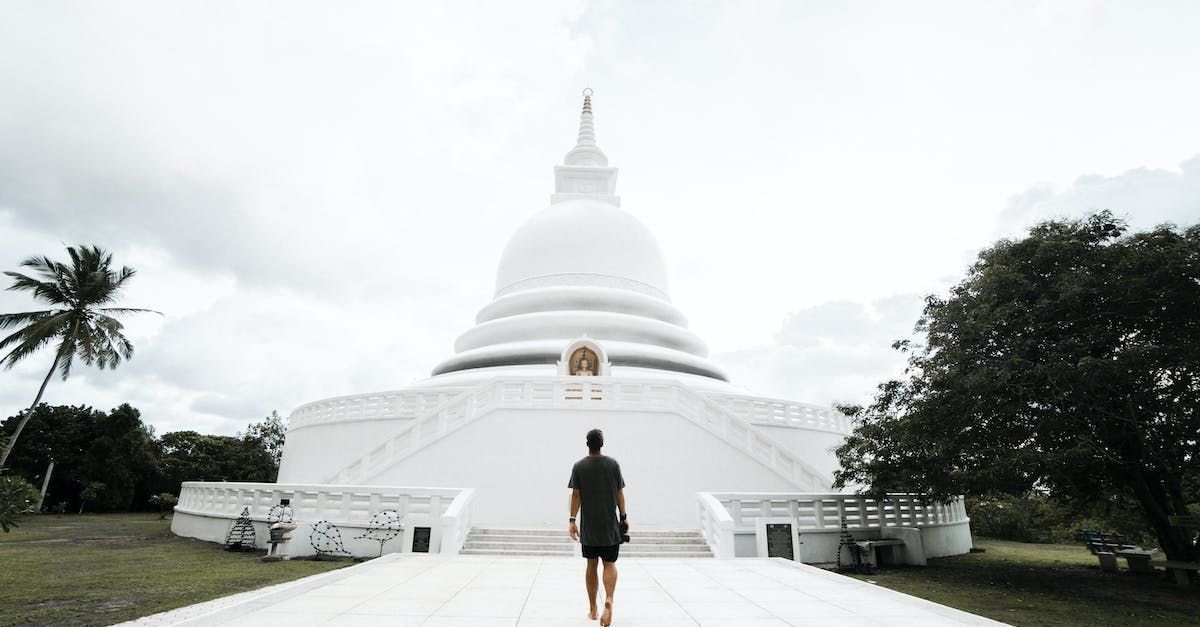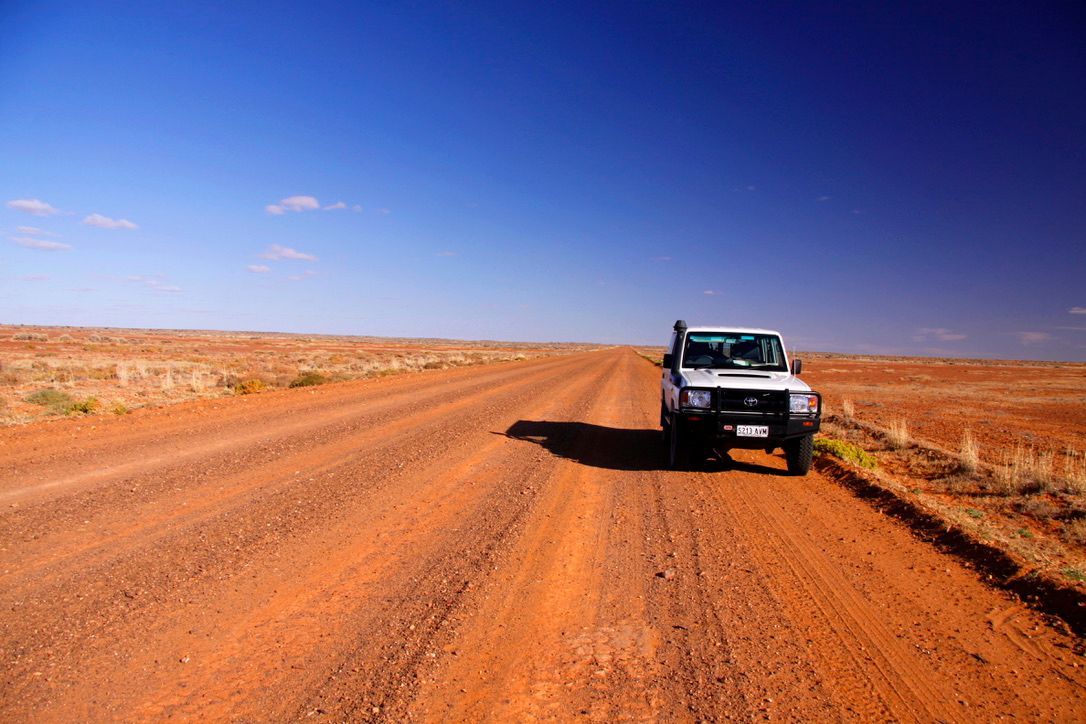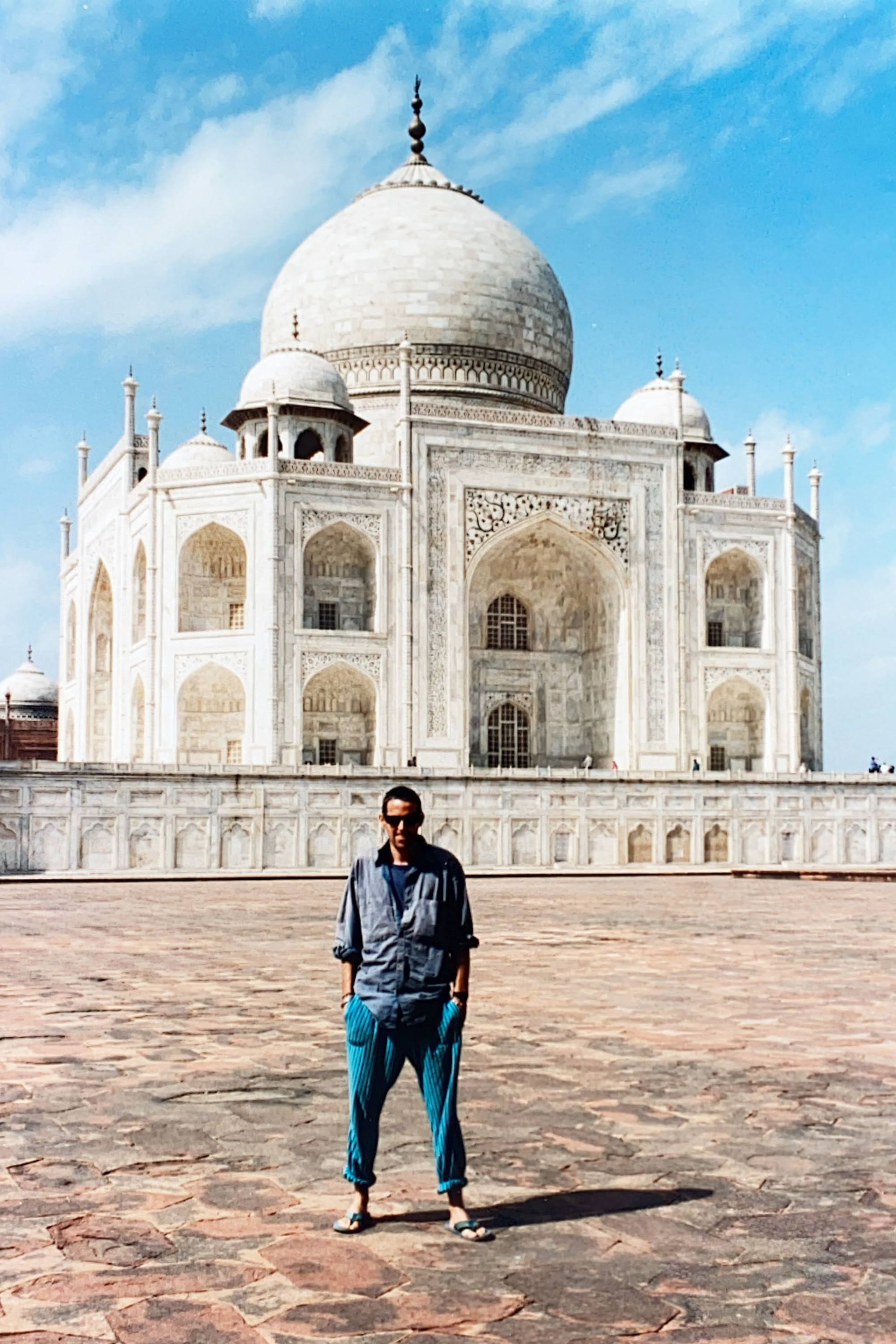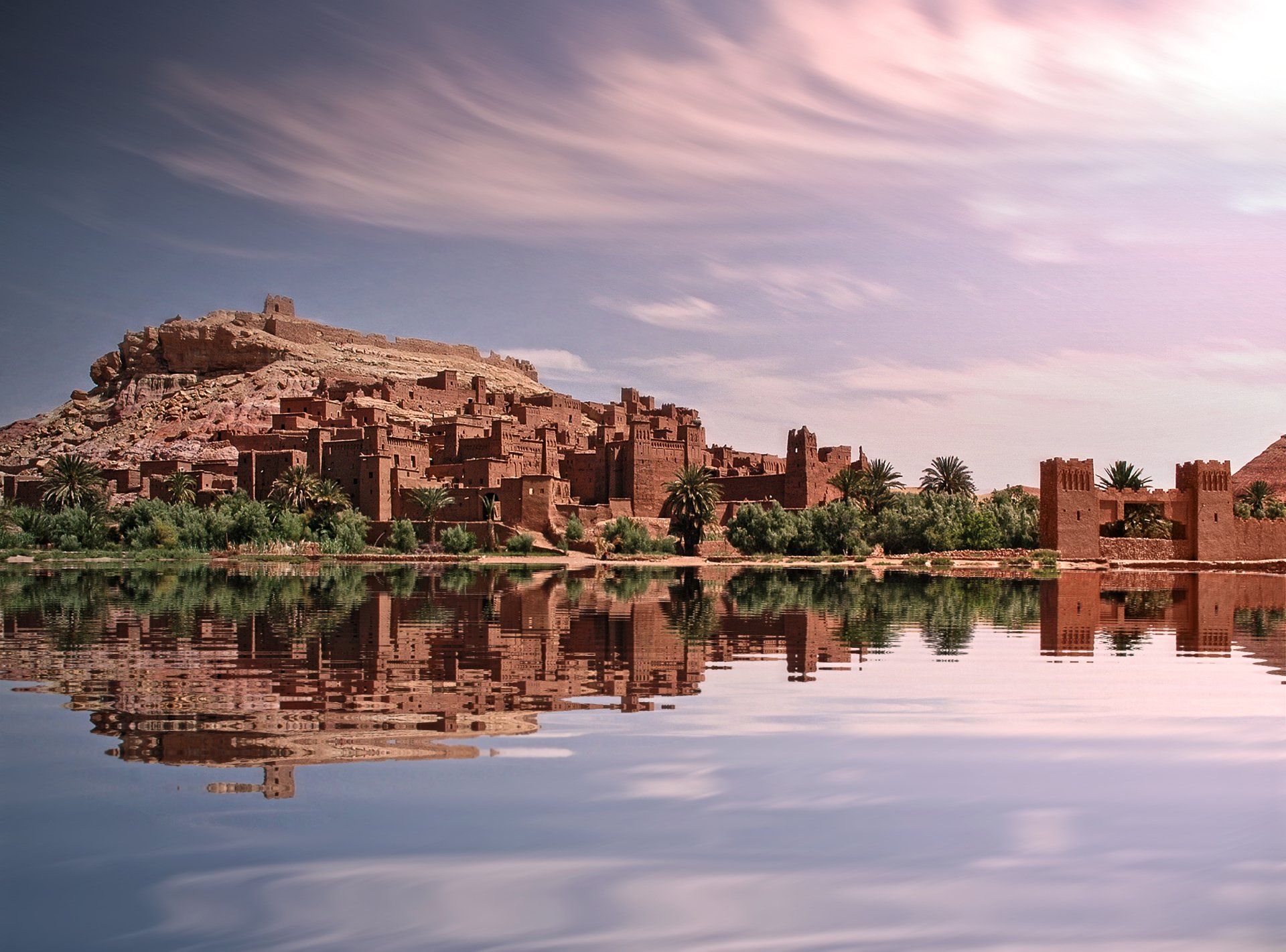I live and breathe the silences
and dust where no man reigns…
– Cold Chisel, Wild Colonial Boy
Dawn at Cooper Creek. Day begins early out here in the far north-east corner of South Australia. Long before first light seeps into the sky, the birds are awake: screeching and wailing and squabbling in the river red gums along the banks of the Minkie Waterhole. Sprawled on my camp stretcher, beneath the diaphanous folds of a mosquito net, I watch the stars fade. The Southern Cross, whose four points have shone brightly through the trees all night, lingers longest. The waterhole lies mirror-calm in its frame of trees, reflecting their gnarled branches and bushy crowns in perfect symmetry.
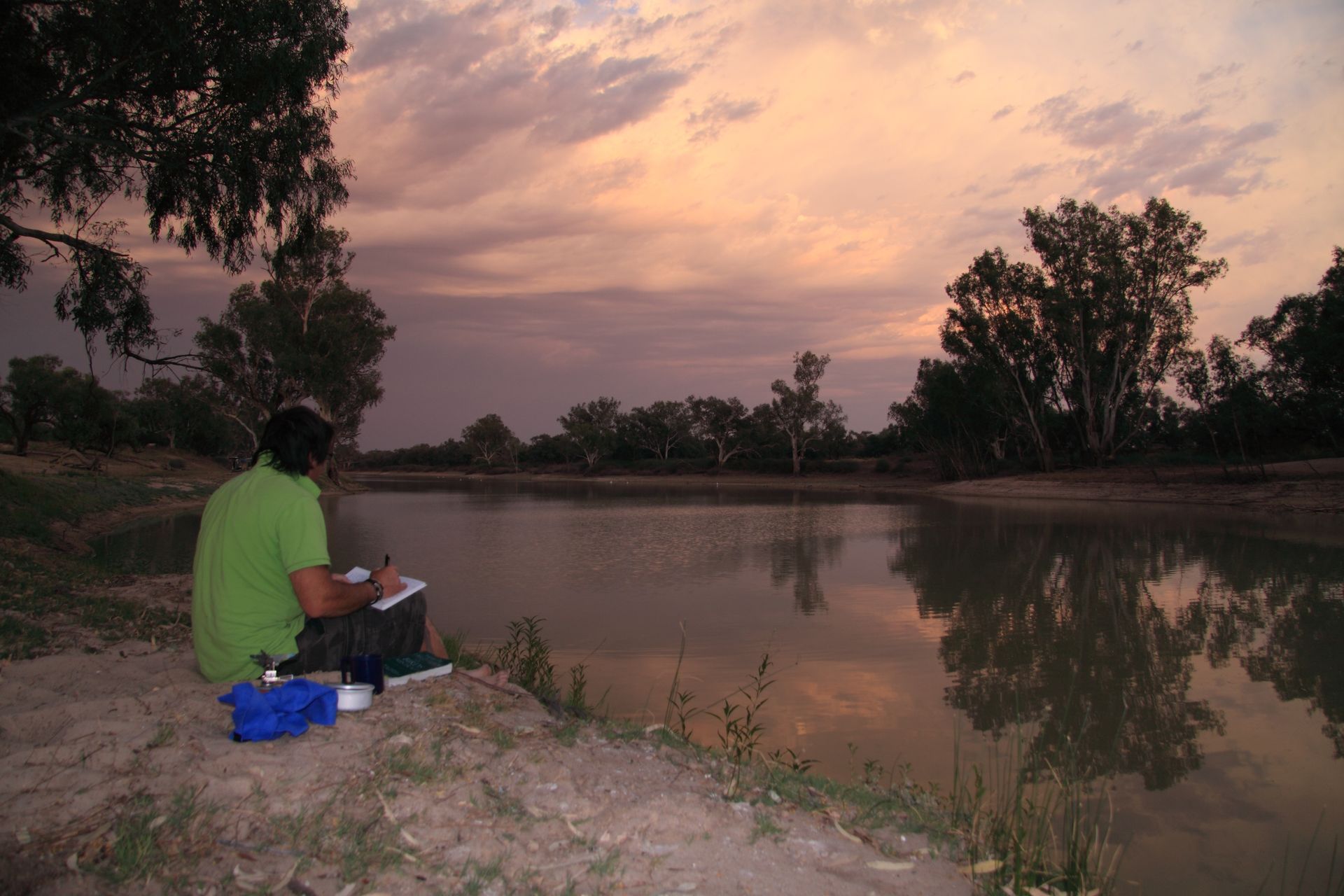
It is pointless trying to sleep with the avian racket going on overhead so I rise and boil water for tea: black of course, this is the Outback and milk is a luxury. I sit on a spit of white sand down by the creek watching the sunrise. Fish jump and plop out on the water. A pelican cranks itself aloft like a Catalina flying boat. I can already feel the heat seeping inexorably into the air even though the sun has yet to clear the horizon.
It is a ghost river in a land full of ghosts.
Cooper Creek is the third longest river in Central Australia. It rises on the inland slopes of the Great Dividing Range near Charters Towers, a thousand kilometres to the north-east. But unlike our steep New Zealand rivers, the Cooper is a sluggish creature. Its waters seep slowly westwards through thousands of channels and billabongs. Eventually it loses itself in the salty expanse of Lake Eyre, dying without fulfilling the dream of every river: to fall gently into the sea. It leaves no trace of its passing. It is a ghost river in a land full of ghosts.
In 1861, the explorers Robert O’Hara Burke and William Wills met their deaths on the banks of Cooper Creek not far from my camp. Burke was the leader of the grandly-named Great Inland Exploring Expedition which had set out from Melbourne in 1860 with the intention of being the first expedition to cross Australia from south to north.
Having established a base camp beside Cooper Creek, near present-day Innaminka, Burke and Wills, along with two others, set off north towards the Gulf of Carpentaria, two thousand kilometres away. It took them four months to reach the north coast of the continent and return. Through mismanagement and bad luck, by the time they arrived back at Cooper Creek one of their number, Charles Grey, was already dead. Burke, Wills and John King, the third remaining member of the party, were in advanced stages of malnourishment. The rest of the expedition had given them up for dead and returned to civilization. The three men began starving to death in a land of plenty.
The local Aboriginal people had lived happily on the banks of the Cooper for millennia.
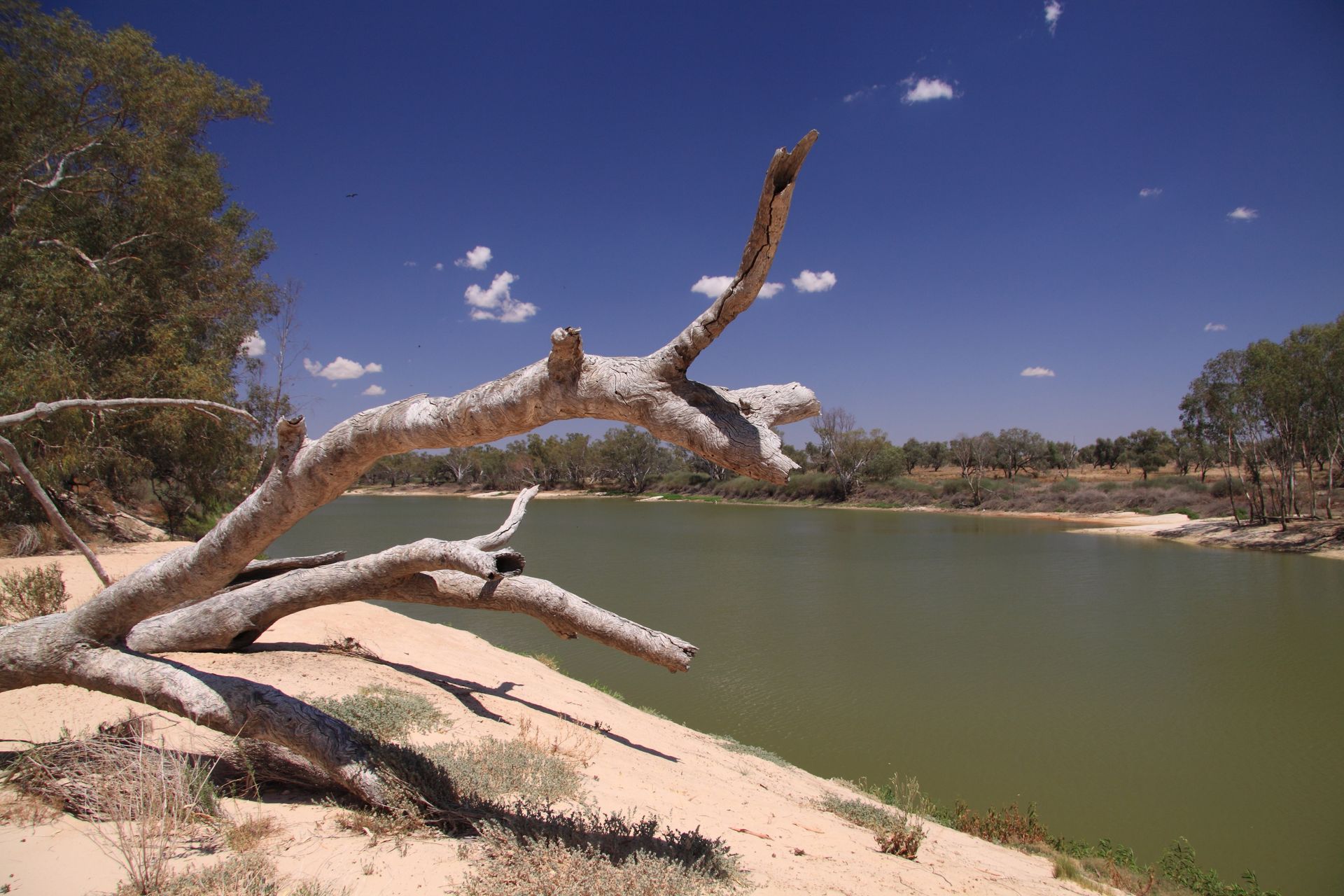
To them the waterholes, forest and scrub-lands were a well-stocked larder with everything needed to sustain them. But to the pompous Burke, the local people were not to be trusted and the party made little effort to learn from them. Consequently, first Burke then Wills expired: skeletons dressed in rags under the trees. Only King, who understood the locals’ abilities better, survived. He was rescued after four months.
With my breakfast of black tea finished, I break camp and set off in my 4WD. As I drive up the rutted track leading away from the creek I wave to Jim and Dave, a pair of retired teachers from Adelaide who are spending a week camping and fishing at the Minkie Waterhole. A dingo idles across the track in front of me; emus peer at me with wide, glossy eyes. I reach the road, which is really no more than a slightly wider dirt track than the one I have followed up from the edge of Cooper Creek, and turn east into the sunrise towards Innaminka. On the radio, through the static of the AM band, I hear the forecast temperature for the day: forty-three degrees.
Innaminka is a town that died and was reborn. Crouched on the edge of a howling, red-dirt wilderness, the few scattered buildings have been revitalized by both tourism and the discovery of natural gas reserves further west. The town originally comprised a pub and a police outpost servicing the lonely cattle stations along the Cooper. In 1910, the Australian Inland Mission established a hospital at Innaminka and for sixty years it provided medical care for the outback families and stockmen whose lives depended on the “mantle of safety” provided by the AIM hospitals across the Outback.
But eventually, Innaminka fell into disrepair. The pub burned down, the police post – described as “the loneliest posting in Australia” by officers unlucky enough to be sent there – closed and the AIM hospital fell into disrepair. Innaminka became a ghost town.
In the 1950’s a few audacious tourists began passing through the Cooper Creek area. A new pub was built and Innaminka began it’s long, slow come-back. In the 1990s the
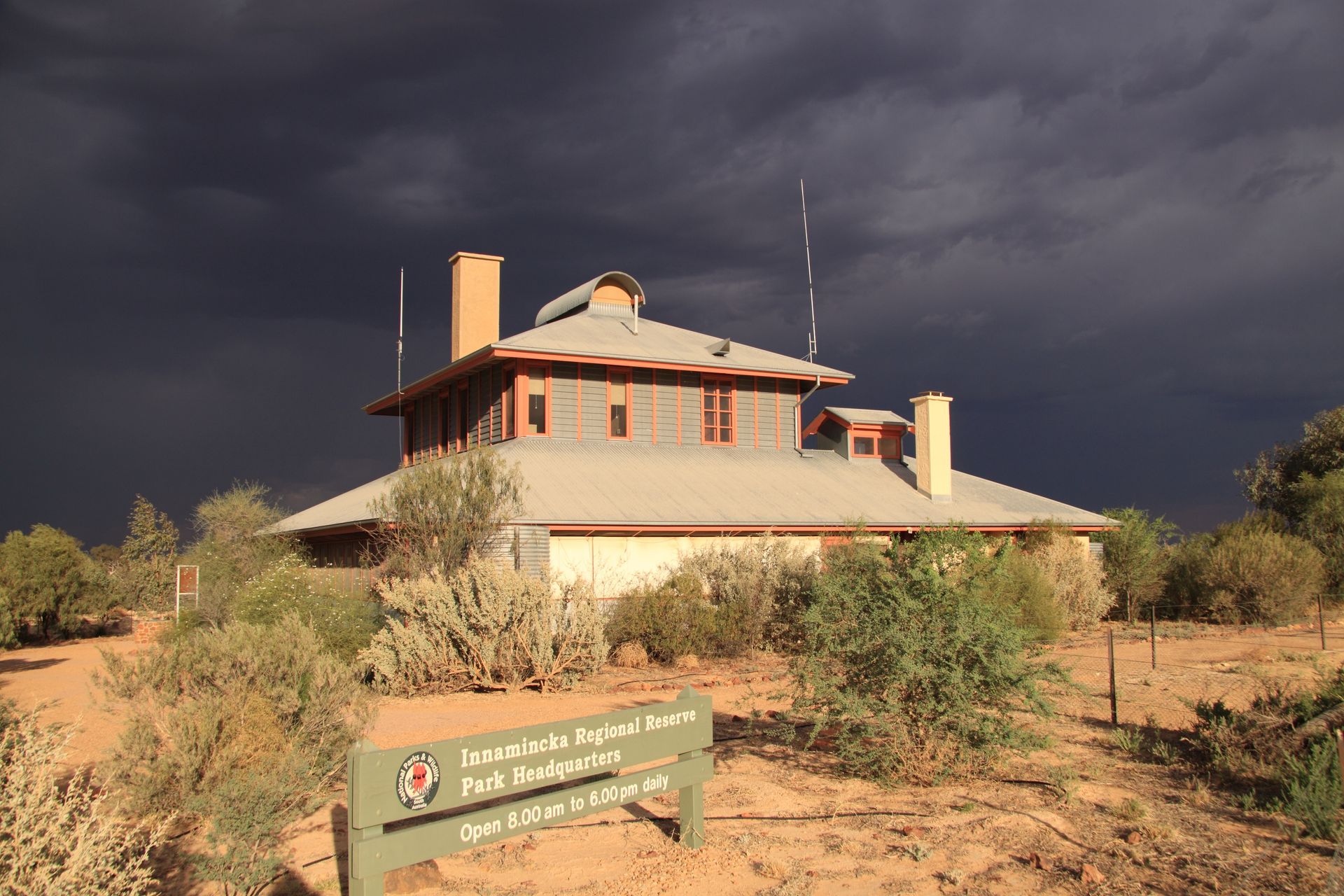
vandalized ruins of the AIM hospital were completely re-built and now house the headquarters of the Innaminka National Park. And, best of all for a road-weary and dusty travel writer, the Outaminka Bar at the Innaminka Pub serves the best coffee west of the Blue Mountains.
I spend three days camped at various spots beside Cooper Creek. Each day I rise with the birds and set off to explore before the day becomes too hot. I visit the Dig Tree, an ancient coolabah tree where supplies were left for Burke and Wills by the expedition before they retreated back to Melbourne. The tree still bears Burke’s carved initials and the Roman numerals LXV denoting it as the expedition’s Camp 65. In 1899, a local man carved a likeness of Burke in the bark of a nearby tree. The solemn-eyed, ghostly carving still gazes sightlessly out across Cooper Creek.
An ominous bank of cloud, as black as charcoal, hangs over the landscape and bolts of silver lightning jump across the sky.
I visit the spots where first Burke, then Wills died. They are lonely, isolated places where the incandescent sun beats down with an almost tactile force. Hot winds shake the desiccated leaves of the gum trees with a sound like crumbling bones. In this land of vanishing rivers, beneath the vast cobalt dome of the sky, I often feel very small and alone. I can sense the endlessness of time out here. The implacable waters of the Cooper lie motionless between banks of sand, never giving up any secrets. Only the gurgling crows seem to recount the memories of ghosts.
By mid-afternoon each day the temperature reaches the forties and I retire to the cool sanctuary of the Innaminka Pub to drink cold liquids of various kinds and chat to the locals. The shop next door keeps me in supplies and I can update my Facebook page via satellite from there for a dollar a minute.
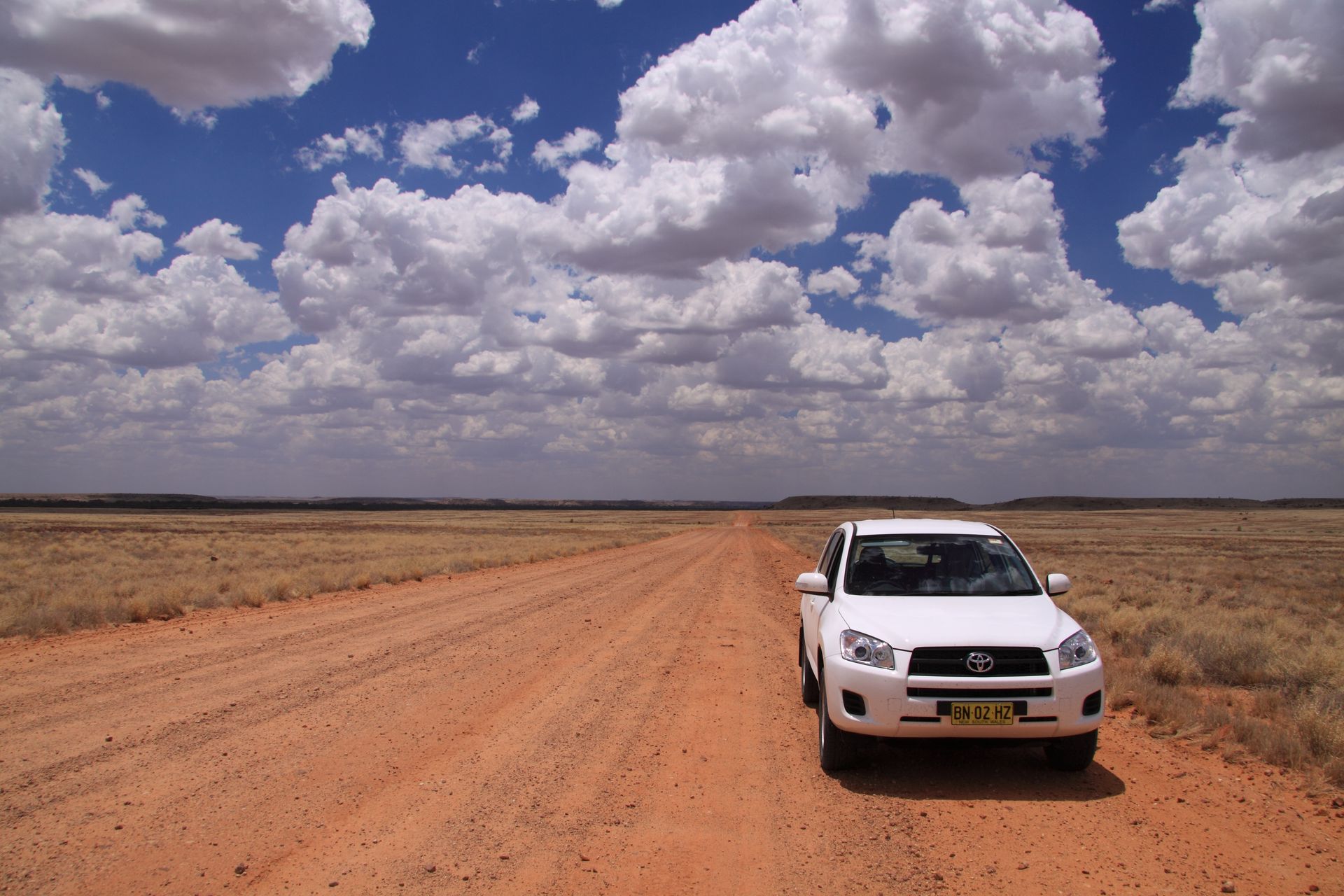
On the third morning, however, the weather is different. I awake to the low grumble of thunder off to the west. An ominous bank of cloud, as black as charcoal, hangs over the landscape and bolts of silver lightning jump across the sky. I break camp and drive into Innaminka. The dirt compound out in front of the pub is full of four wheel drives. Campers from all over the area have made for the safety of “town” before the roads become impassable.
The air is heavy with the sweet smell of rain: an aroma only the desert can produce. I sit on the verandah of the old AIM hospital and listen to the first heavy spots as they hit the corrugated iron roof. Thunder splits the sky and shafts of lightening crackle and fizz in the air. The rain increases in ferocity until it sounds like ball bearings hitting the roof. It seems as though all the energy amassed by the heat of the previous few days is suddenly being unleashed.
And then, just as suddenly as it arrived, the storm has passed. The sun sparkles on beads of rain hanging from the fences around the AIM. Wreaths of steam rise from the road.
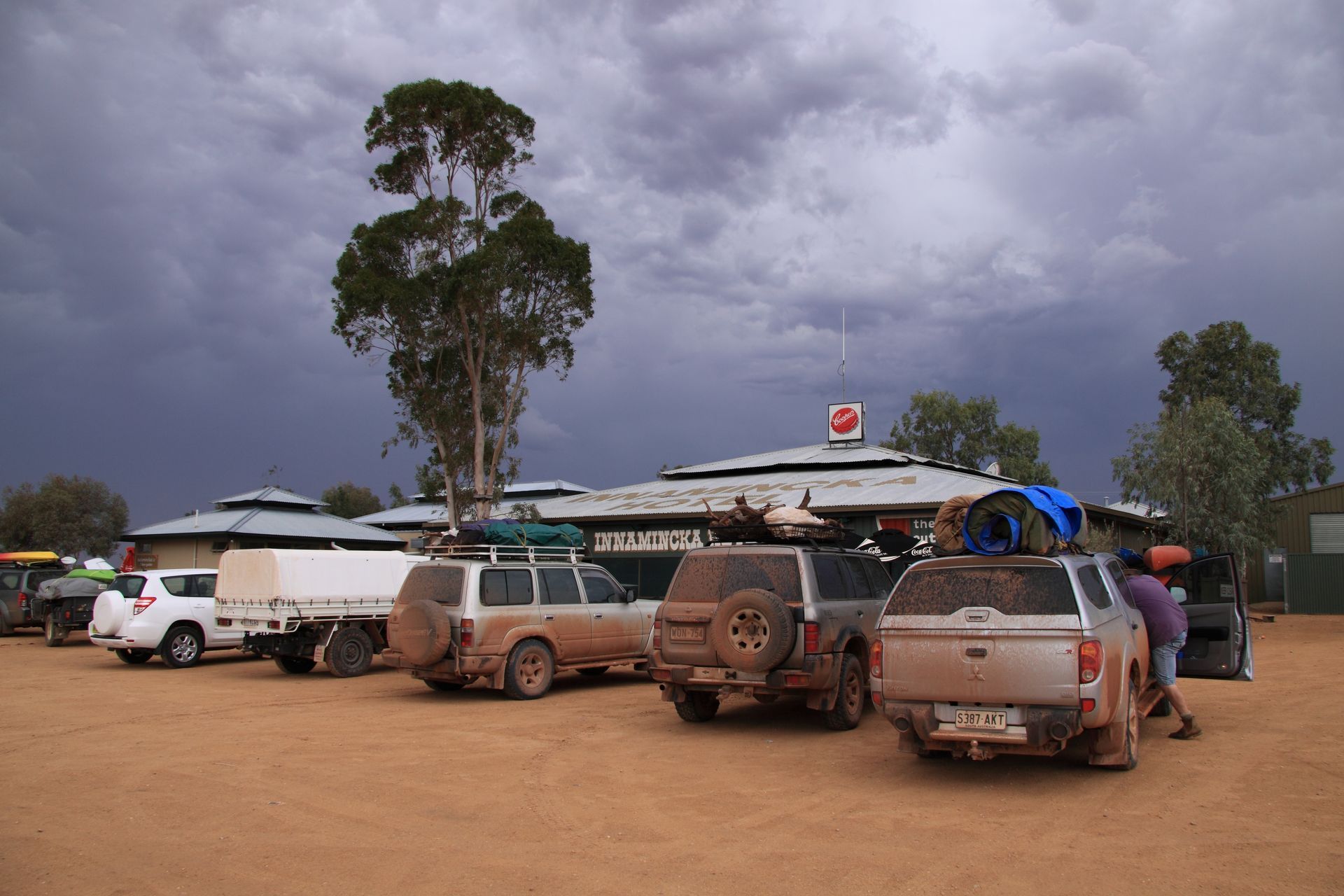
The wet red dirt sticks to my boots as I walk across to the store where the assembled 4WD enthusiasts are discussing the weather. The forecast is for more rain in the days ahead. The last thing I want is to be trapped out here by a flood.
I decide to let discretion be the better part of valour and leave while I still can. I re-fuel my vehicle, send an e-mail home saying “I’m OK…see you soon”, then watch Innaminka fade in the rear-view mirror.
I reflect on the fact that Outback travel isn’t for everyone. The mind-bending distances, the punishing heat and the vast, silent, red-dirt spaces make visiting the Outback a very different prospect to the Australian coastal holiday experience. A digital display on the dashboard tells me it is forty-two degrees outside. I turn up the air conditioning and the stereo. Off to my left, Cooper Creek shimmers in a quicksilver mirage, then vanishes into the sunlight like a ghost.
